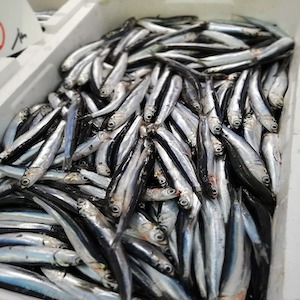Physicochemical and microbiological attributes of dried anchovies (Stolephorus commersonnii) in the formation of histamine along the supply chain

Submitted: 16 March 2023
Accepted: 29 August 2023
Published: 4 September 2023
Accepted: 29 August 2023
Abstract Views: 508
PDF: 128
HTML: 8
HTML: 8
Publisher's note
All claims expressed in this article are solely those of the authors and do not necessarily represent those of their affiliated organizations, or those of the publisher, the editors and the reviewers. Any product that may be evaluated in this article or claim that may be made by its manufacturer is not guaranteed or endorsed by the publisher.
All claims expressed in this article are solely those of the authors and do not necessarily represent those of their affiliated organizations, or those of the publisher, the editors and the reviewers. Any product that may be evaluated in this article or claim that may be made by its manufacturer is not guaranteed or endorsed by the publisher.

 https://doi.org/10.4081/ijfs.2023.11319
https://doi.org/10.4081/ijfs.2023.11319
 =54.07 mg/kg) and retailers (
=54.07 mg/kg) and retailers (



